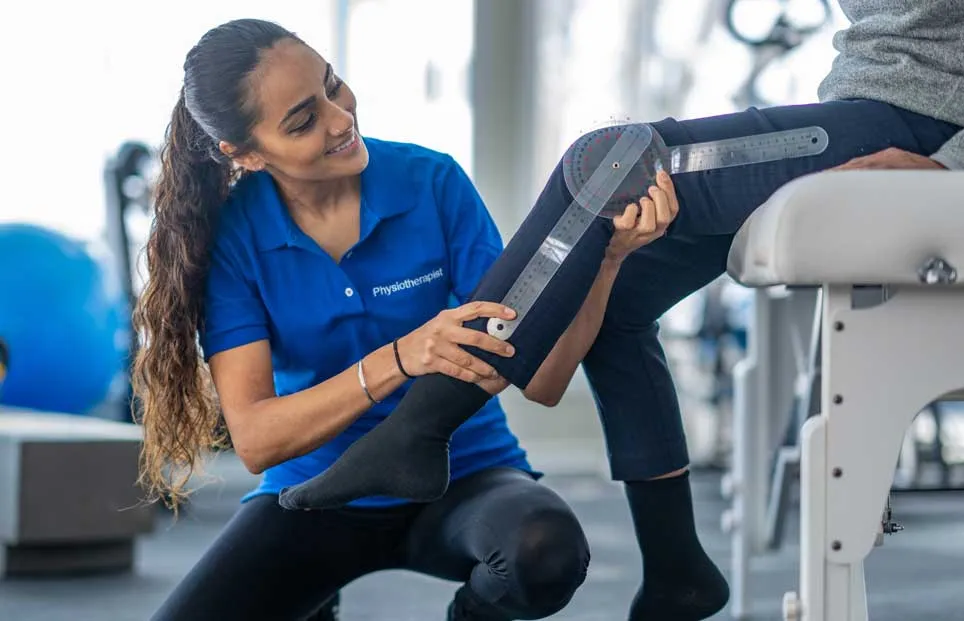Evaluating the Interplay of Articular Flexibility and Stability in Patient Outcomes
Joint movement and stability are crucial elements that influence patient results in physical therapy and therapy. Articular mobility refers to the range of movement permitted at a joint, while stability involves the ability to maintain management of that joint during movement. When clients have optimal joint range of motion, they can move their limbs unrestricted, which is essential for conducting daily activities. On the contrary hand, steadiness helps prevent injuries by allowing the body to preserve correct alignment and equilibrium during these movements. Understanding how these two elements connect can lead to better treatment plans and bettered recovery for clients.In numerous cases, clients with articular pain or injuries frequently experience a reduction in movement. For example, conditions like osteoarthritis can limit how far a joint can shift, making it difficult for individuals to perform tasks such as ambulating or ascending stairs. Physical therapists commonly focus on exercises that enhance range of motion through stretching and strengthening. These exercises can help reestablish the extent of motion, making it easier for clients to engage in their everyday tasks. Nonetheless, increasing range of motion without considering steadiness can lead to further harm, highlighting the necessity for a holistic approach.

Control is just as important in therapy. When a articulation is deficient in stability, it becomes more vulnerable to harm during movement. For example, an unstable knee joint can result to strains or ruptures while running or leaping. To improve control, therapists may integrate exercises that fortify the muscle groups around the joint. These activities help reinforce the articulation and prevent excessive movement that could result to injury. By concentrating on both mobility and control, rehabilitation specialists can provide try this web-site a holistic treatment plan that meets the unique requirements of each patient.
The interaction between joint movement and control is particularly clear in sports medicine. Sports participants often require a elevated level of both mobility and stability to execute at their optimal. For example, a gymnast needs to have limber joints to perform complex actions while also preserving stability to prevent falls. In sports training, trainers and trainers stress the importance of cultivating both aspects to improve ability and reduce the chance of injuries. This method ensures that athletes can perform effectively while maintaining their joints protected during rigorous exercises.
Ultimately, comprehending the relationship between articular movement and stability can lead to improved outcomes for clients in multiple environments, from rehabilitation centers to athletic conditioning centers. By promoting both elements, medical practitioners can help patients regain their power and confidence. This integrated approach not only helps in rehabilitation but also arms individuals with the resources they need to prevent future harm. As research progresses to advance in this field, the importance of combining range of motion and stability in care plans will important link remain a key priority for improving client care and overall health.